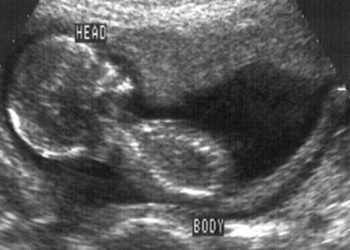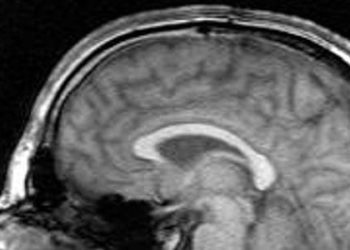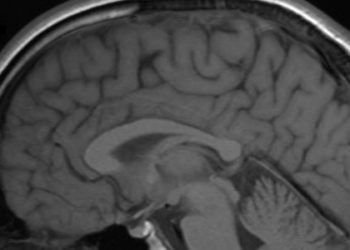Risk of cerebral palsy linked with relatedness to cerebral palsy patient
1. The etiology of cerebral palsy has not yet been fully elucidated but has both genetic and environmental components.
2. Closer family relatedness was linked to an increased risk of cerebral palsy.
Evidence Rating Level: 2 (Good)
Study Rundown: Cerebral palsy commonly causes physical disability in children. The primary cause of the damage to the developing brain underlying this condition is still unclear. Multiple intrauterine and perinatal risk factors have been identified, but the evidence of a genetic component is unclear. In this population-based cohort study of Norwegians born between 1967 and 2002, it was found that people born with a relative who had cerebral palsy had a higher relative risk of the condition. Additionally, risk levels were higher if the affected family member was more closely related (i.e., higher risk in a twin versus a non-twin sibling, higher risk in a non-twin sibling versus first cousin). These data provide clearer information to clinicians who counsel pregnant women on their children’s risk of developing cerebral palsy.
The robust database from which these results were found is a clear strength of this study. A uniform case ascertainment occurred for all participants, and data were available for certain potential environmental contributors to risk, e.g. parental education level. Data were not available about cerebral palsy subtype in affected people, and given the general overall homogeneity of the Norwegian population the generalizability of a genetic component of cerebral palsy may not be universally applicable. Nevertheless, these results provide evidence that the risk of cerebral palsy includes a strong genetic component.
Click to read the study in the BMJ
Click to read an accompanying editorial in the BMJ
Relevant Reading: Cerebral palsy in a term population: risk factors and neuroimaging findings
In-Depth [retrospective cohort]: This study evaluated the risk of cerebral palsy in patients born with family members already affected by the condition. The sample population included 2,036,741 people born in Norway between 1967 and 2002 identified by the Medical Birth Registry of Norway. In twin pairs, the relative risk of recurrence of cerebral palsy was calculated based on the proband-wise concordance rate, which is analogous to the absolute risk of recurrence. In sibling and cousin pairs, the older person was designated the exposure, and the relative risk of the outcome was calculated for younger siblings, offspring, nieces/nephews, or younger first cousins of the affected person. The relative risk of recurrence was measured against an equivalent unaffected population for each cohort. The overall relative risk of recurrence of cerebral palsy among twins was 15.6 (CI95%, 9.8-24.8). Among non-twin siblings the relative risk of recurrence in the younger sibling was 9.2 (CI95%, 6.4-13.1). Children of a parent with cerebral palsy had a relative risk of recurrence of 6.5 (CI95%, 1.6-25.6), and half-siblings had a relative recurrence risk of 3.0 (CI95%, 1.1-8.6). First cousins of a person with cerebral palsy had a 1.5 (CI95%, 0.9-2.7) fold increased risk of recurrence relative to people with unaffected first cousins. There was no evidence of increased risk of cerebral palsy in people with an affected aunt or uncle. Interestingly the relative risk of recurrence was higher in siblings who were born close to term rather than preterm, supporting the strong genetic component.
Image: PD
©2012-2014 2minutemedicine.com. All rights reserved. No works may be reproduced without expressed written consent from 2minutemedicine.com. Disclaimer: We present factual information directly from peer reviewed medical journals. No post should be construed as medical advice and is not intended as such by the authors, editors, staff or by 2minutemedicine.com. PLEASE SEE A HEALTHCARE PROVIDER IN YOUR AREA IF YOU SEEK MEDICAL ADVICE OF ANY SORT.






